
Brody
Elaboration author
Emilia Karpacz
Monuments
Parishes
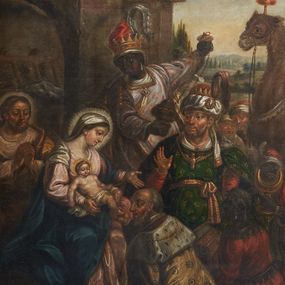
Adoration of the Magi
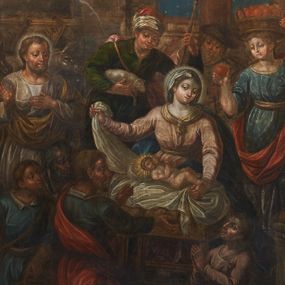
Adoration of the Shepherds
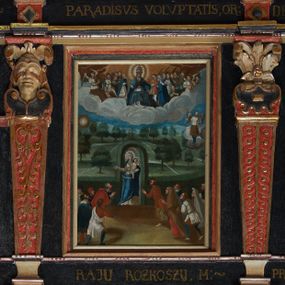
Balustrade with scenes from Litany of Loreto
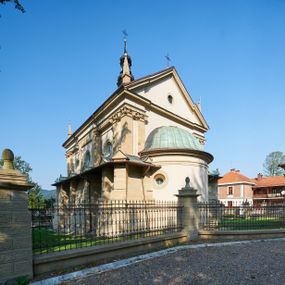
Church of the Assumption of the Blessed Virgin Mary in Brody
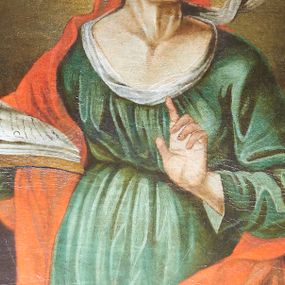
St. Anne
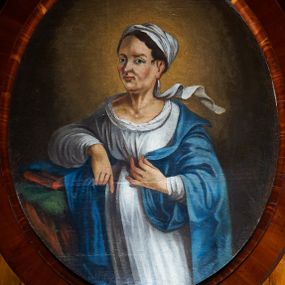
St. Elisabeth
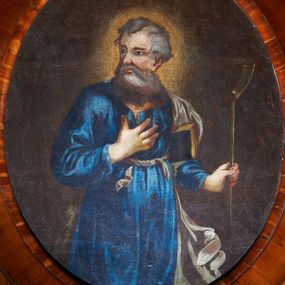
St. Joachim
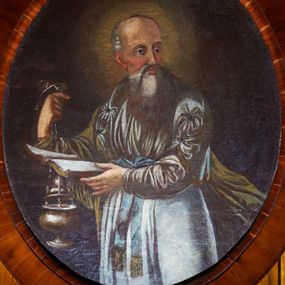
Prophet Zechariah
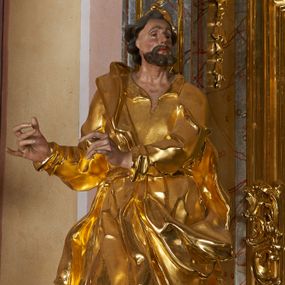
Sculpture of an unidentified saint
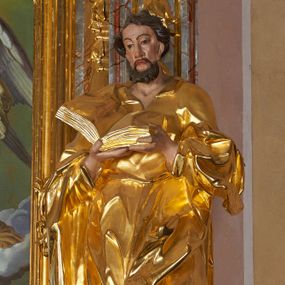
Sculpture of an unidentified saint
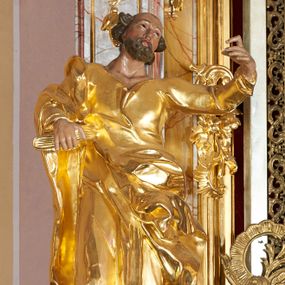
Sculpture of an unidentified saint
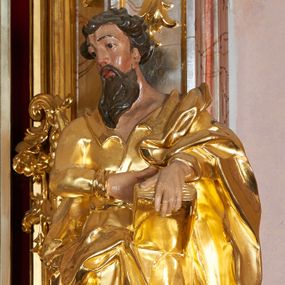
Sculpture of an unidentified saint
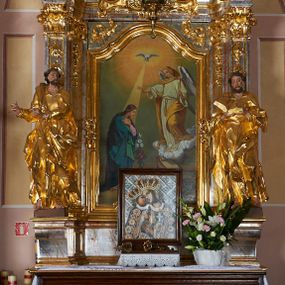
Side altar
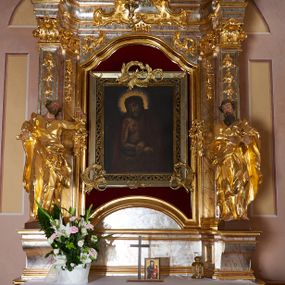
Side altar
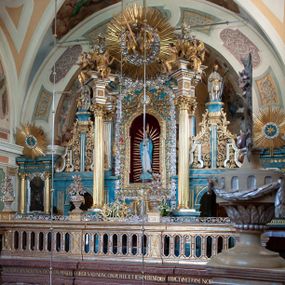
High altar
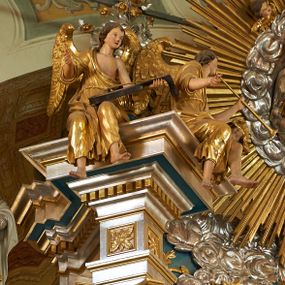
Statue of Angel in altar finial
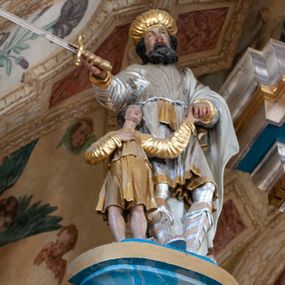
King Saul
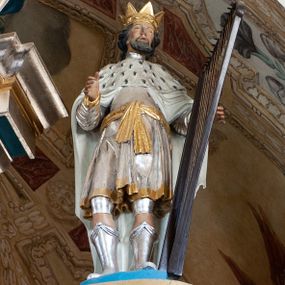
King David
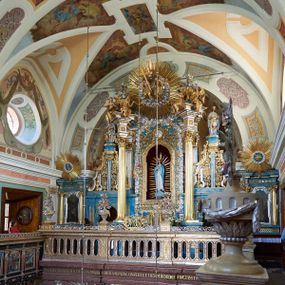
Side altar (so-called diaconic)
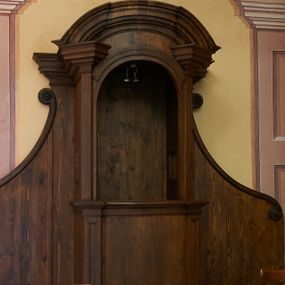
Two confessionals
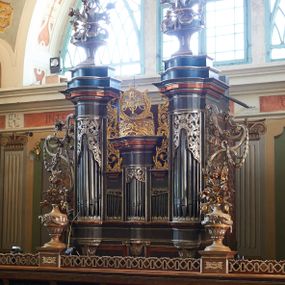
Organ front
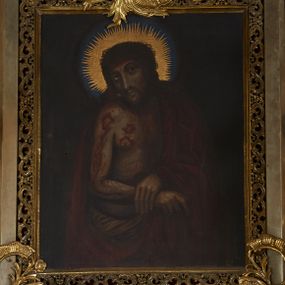
Ecce Homo
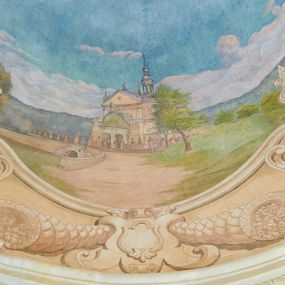
Polychrome in church porch
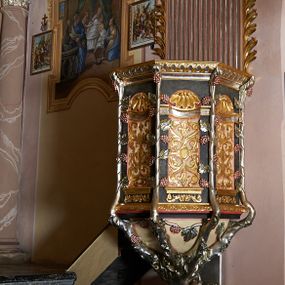
Pulpit
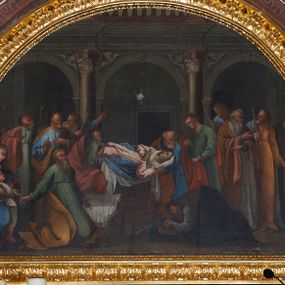
Dormition of the Blessed Virgin Mary
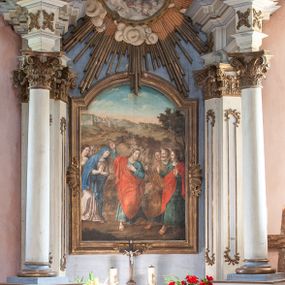
High altar in the chapel of Christ's Farewell
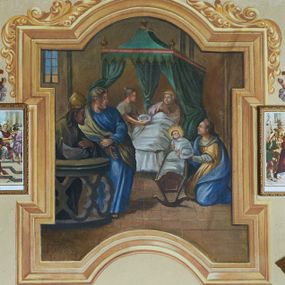
Wall polychrome: Nativity of Mary
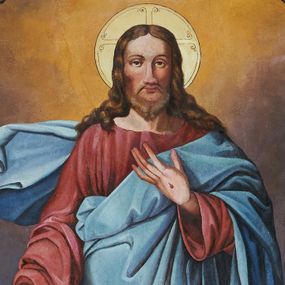
Wall polychrome: Risen Christ
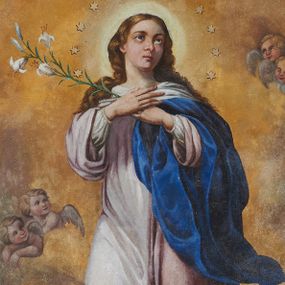
Wall polychrome: Our Lady of the Immaculate Conception
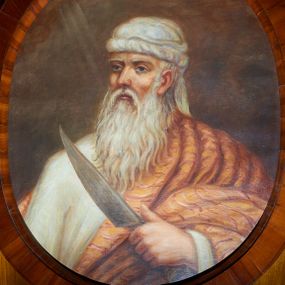
Abraham
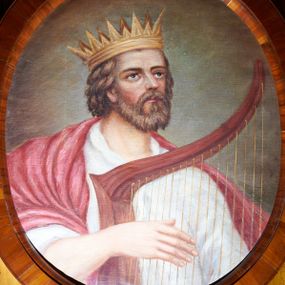
King David
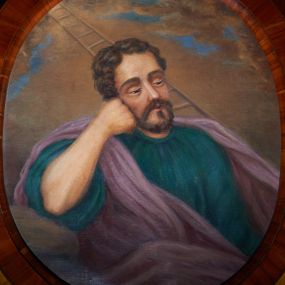
Patriarch Jacob
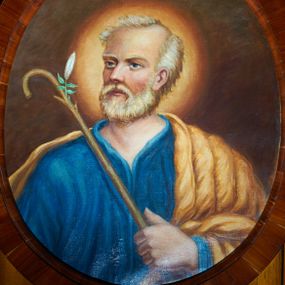
St. Joseph
History abstract
The oldest record of the village dates back to 1385, when Mikołaj from Brody had a dispute with a man named Tomek Łąkwa before the Cracow Land Court. Brody was located on the edge of the so-called Korytarz Radwanicki [the Radwanicki Corridor] – lands on the border of Lesser Poland and Silesia belonging to the knights of the Radwan coat of arms, who received the privilege of establishing settlements in this area from Bolesław the Chaste. Since the end of the 15th century, the owners of Brody (or at least a part of it) and nearby Zebrzydowice were the Zebrzydowski family of the Radwan coat of arms. Around 1580, Mikołaj Zebrzydowski inherited the village. Five years later, he gained the Lanckorona starosty adjacent to the hereditary estate, and after the death of his older brother and nephew, he also became the owner of Zebrzydowice. Around 1600, the starost began the construction of a passion sanctuary on the slopes of Mount Żarek. He brought Bernardines from Cracow, ordered to build a monastery and a conventual church, and then chapels and paths. A part of the establishment was arranged on the other side of the Skawinka river (Cedron), on the border of village Brody. Mikołaj Zebrzydowski donated a manor farm in Brody to the friars. After the death of Michał l Zebrzydowski (grandson of the starost), the estate was taken over by the husband of his daughter Anna - John Charles Czartoryski. After the First Partition of Poland, the village became a part of Habsburg Austria. In 1835, the heirs of the Czartoryski family bought Brody and the town of Calvary from the former governor of the estate, Jan Kanty Brandys. He had already built a manor house in the town, where his grandson Wojciech was imprisoned during the Galician Slaughter. At the beginning of the 20th century the subsequent owners were: Count Ludwik Zygmunt Jaxa Dębicki, Bronisław Schwanitz Szwantowski and since 1911 Ludwik Mikołaj Hemmerling - the senator and founder of the People's Community Centre in Brody. In the Brody manor house, the so-called Lanckorona pact - an agreement between the Polish People's Party "Piast", Christian Democracy and the People's National Union, which enabled Wincenty Witos to form the first government of "Chjeno-Piast" was made. In 1926 the Brody estate was purchased by the Union of Polish Public School Teachers. After the war, there was a fruit and vegetable processing company operating in the village, which after the fall of communism was transformed into a company called "Brodvin". Craftsmanship, especially carpentry and shoemaking, developed in Brody already in the 19th century. In the 20th century almost every house had its own workshop. Nowadays, the village is considered to be a part of the "shoe basin". In 1999, the Calvary monastery, the Basilica, the paths and chapels were placed on the UNESCO World Heritage List.
How to cite?
Emilia Karpacz, "Brody", [in:] "The Sacred Lesser Poland Heritage", 2026, source: https://sdm.upjp2.edu.pl/en/places/brody